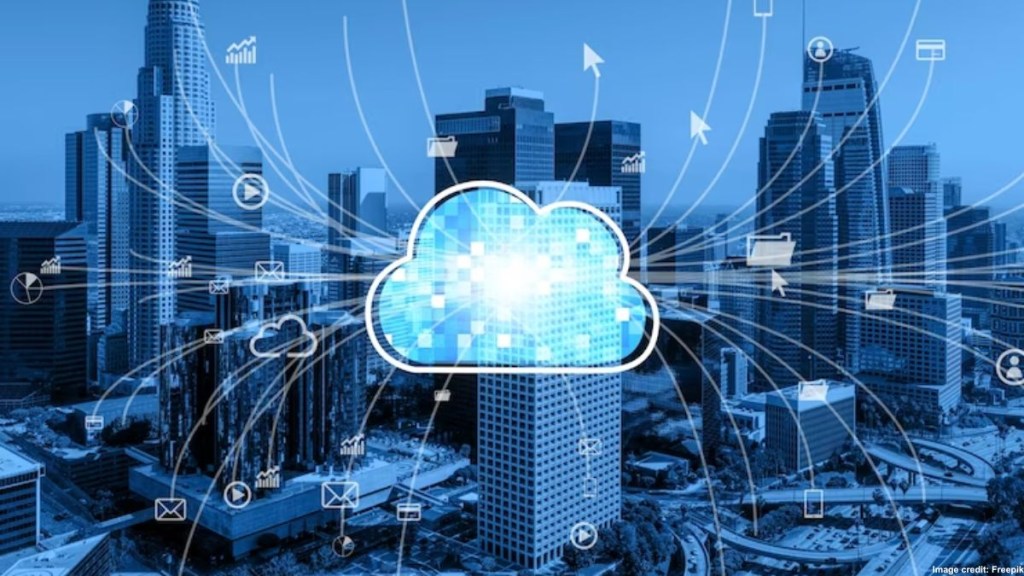The significance of digital frameworks seems to have grown, due to its importance in the function of processing large data amounts. Amongst all the computing paradigms present in the market, edge computing is considered to be one of the most used applications. From what it’s understood, edge computing is a computing model which helps to bring data elements and related appliances near to its sources. “I believe edge computing refers to computing that happens at, or is close to consumers or data sources as opposed to the centralised data centre or cloud. It is utilised to enhance user experiences for latency-sensitive applications or to collect and analyse data from Internet of Things’ (IoT) devices to facilitate data-driven choices,” Sujit Patel, MD and CEO, SCS Tech, an information technology (IT) solutions company, told FE TransformX.
Costs and global markets
In order to set up an edge computing system, four main expenses are required to be undertaken, namely initial configuration costs, data transfer costs, system upgradation costs, and data protection and safety costs, as per industry experts. In accordance to STL Partners, a telecoms consultants and research firm, there are eight edge computing pricing structures, which are Software-as-a-Service (SaaS), Platform-as-a-Service (PaaS), Infrastructure-as-a-Service (IaaS), Hardware-as-a-Service, CDN, licence frameworks, handled network, and co-location. “I think the reduction in latency inherent to edge computing translates into a decrease in bandwidth and network resource consumption. This means our devices don’t have to rely on internet connectivity for data transfer, resulting in cost savings on network usage,” Ranjan Chopra, MD and CEO, Team Computers, an IT consulting firm, stated.
As provided by Fortune Business Insights, a market researcher, the worldwide edge computing market is projected to reach $15.96 billion by 2023 and $139.58 billion by 2030, at a 36.3% compound annual growth rate (CAGR) between 2023-30. With regard to regions, North America is considered to have recorded the highest revenue growth in the edge computing sector for 2022. Reportedly, US-based companies which contributed maximum towards this sector were Microsoft, Intel, IBM, among others. Going by market reports, the global edge computing market will witness Asia-Pacific’s rise in upcoming years, owing to countries such as China, Japan and India. Insights from a report by International Data Corporation, a market intelligence firm, mentioned that within 2025, the global data sector will clock 175 zettabytes worth data, which will receive over 90 zettabytes worth data contribution from edge computing applications.
Associated advantages
Market experts suggest that businesses’ edge computing utilisation can enable them to benefit from enterprise data solutions. If the cloud computing landscape is taken into account, business corporations’ utilisation of edge computing can ensure better output from remote tools. Inputs from market studies have mentioned that imposing fifth-generation (5G) connections has benefitted edge computing practices, which has upheld wireless technologies’ importance. It’s believed that edge computing attributes which support businesses are safety against cybercrimes, temperature durability, compatibility component, enough storage capacity, tamper proof, among others.
Supposedly, edge computing has the ability to innovate new products and services, which can help create new income opportunities. Furthermore, edge computing can help grow different industries, such as customer service, production marketing, back-office affairs, among others. GeeksforGeeks, a computer science portal, highlighted that industries which can benefit from edge computing include transportation, retail, industry assembly line, and healthcare. “I think edge computing enhances data security by keeping information closer to its source, reducing the exposure of data during transit over public networks. It can optimise bandwidth usage by processing data locally, saving costs, and enhancing efficiency, especially in areas with limited or expensive connectivity,” Chopra specified.
Future prospects
Moreover, future predictions signify that edge computing will be transformative, due to presence of technologies such as artificial intelligence (AI), IoT, 5G, among others. Spiceworks, an IT marketplace, has pointed towards five futuristic trends around edge computing, which are security upgrades, augmented reality (AR) and virtual reality (VR) needs, increase in IoT appliances, use cases for large and small corporations, and client satisfaction. “Edge computing is poised for growth, and its future seems to be tied to AI, IoT, and 5G. In the near term, we expect to see smarter edge devices with embedded AI chips that enable autonomous decision-making right where data is generated. These advancements should enhance applications, ranging from industrial automation to real-time health monitoring,” Satyamohan Yanambaka, CEO, Writer Information, an information management company, concluded.








